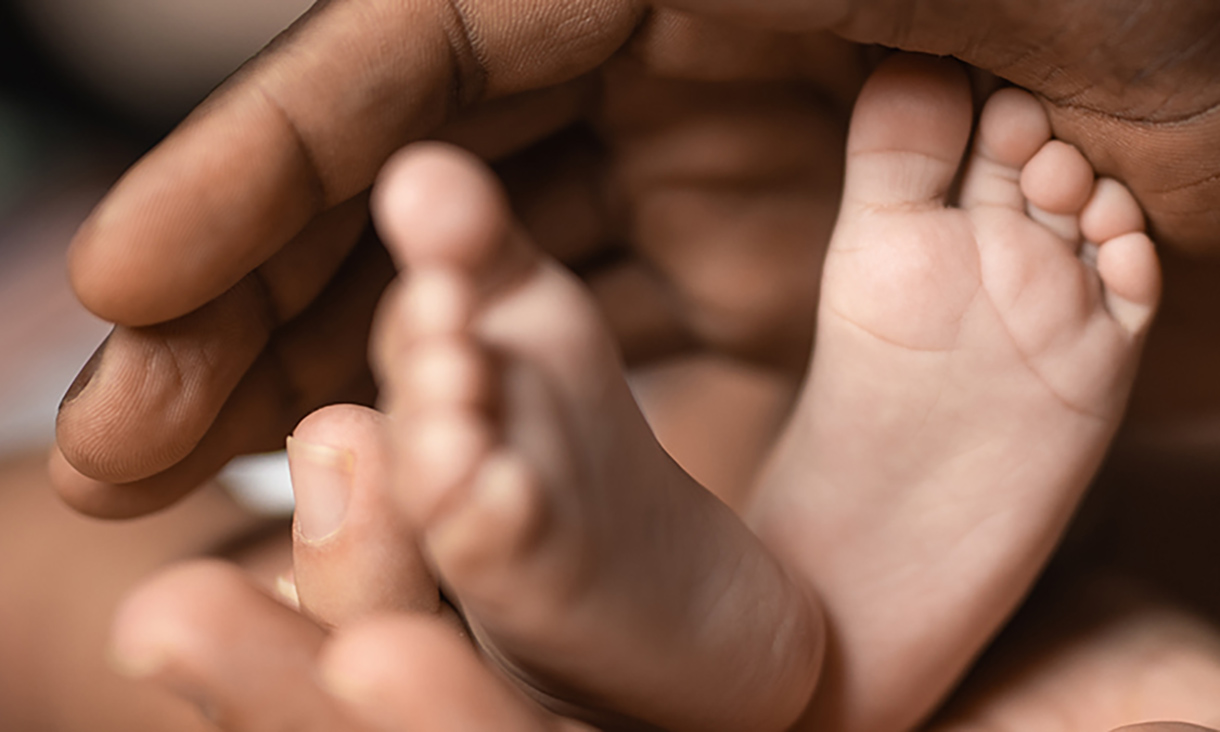So why does it matter?
Whilst there is no study that we are aware of that has mapped the pros and cons of being born in particular months (and note these will differ according to location) some research does hint at intriguing links. For instance, birth timing has been connected to diseases like measles and asthma – possibly because maternal immunity fluctuates throughout the year (Martinez-Bakker et al, 2014; Almqvist et al., 2020). Summertime arrivals might face higher pollen exposure, potentially elevating asthma risks, while winter babies could encounter vitamin D deficiencies.
Birth month also intersects with education and sports through what is known as the Relative Age Effect (RAE) - children born earlier in a school or sports selection period often enjoy developmental advantages over their younger peers (Cobley et al., 2009; Barake et al., 2023). Put simply, if you’re older when school starts, or a sports season kicks off, you may be taller, stronger, or more cognitively prepared than classmates born later in the same year (Leigh & Ryan, 2008).
Interestingly, the season of birth doesn’t just shape health and academic outcomes. Research suggests it might even influence professional trajectories (Buckles & Hungerman, 2013). What’s behind this connection? One recent explanation for this link is that babies born at different times of the year are conceived by mothers with distinct socioeconomic characteristics, implying that who conceives could be as influential as when conception occurs (Dahlberg & Andersson, 2018).
So why does this matter? Well, healthcare systems need to respond to these cyclical birth trends – particularly in anticipating staffing and resource needs. Economically, seasonal ebbs and flows in births can affect labour supply and cash flows which for employers of all sizes and types will require careful planning.
Perhaps the most intriguing implication is that the persistent presence of seasonality reminds us that the decision to have a child is highly complex and determined by an array of social, economic and ultimately biological and environmental factors. Importantly the complex interplay of these factors indicates, and perhaps explain, the limited influence central authorities can have on its population fertility decision making.
Take Australia for example, many policies that may be expected to influence the decision to have a child over recent decades have changed, yet seasonality has remained. Despite policies such as the Baby Bonus, Parental Leave and Family Tax benefits, the seasonal rhythm of births remains surprisingly consistent. Researchers have found that these government initiatives, significant though they are, haven't erased the underlying patterns, or dramatically altered overall fertility trends (Drago et al., 2011).
So, if your social media feed is suddenly flooded with “gender reveals” next month, don’t be surprised. The decision to have a child is influenced by a mix of biological, social and personal factors that even parents might struggle to fully explain. Despite changing policies and societal shifts, the rhythms of birth seasonality remind us that some patterns are remarkably enduring.
Authors: Sarah Sinclair, Alicia Bubb, Jonathan Boymal and Ashton de Siva





